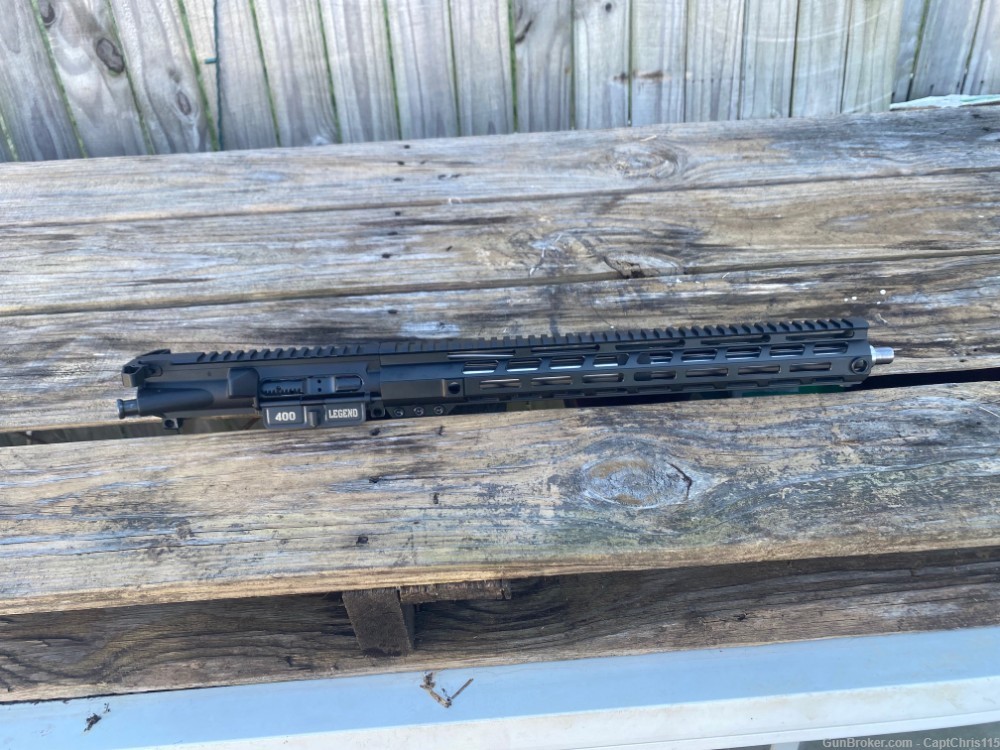Introduction:
The barrel length of an AR upper is a critical factor that significantly influences the performance and characteristics of the rifle. It plays a crucial role in velocity, accuracy, maneuverability, and overall shooting experience. Understanding how barrel length affects AR15 Complete Upper‘ performance is essential for selecting the optimal configuration based on your shooting needs. In this article, we will explore the impact of barrel length on AR15 Complete Upper’ performance.
Velocity and Ballistics:
Barrel length directly affects the velocity at which a bullet travels. Generally, longer barrels provide increased muzzle velocity, resulting in flatter trajectories and improved long-range performance. The longer the barrel, the more time the expanding gases have to accelerate the bullet before it exits the muzzle. However, there is a point of diminishing returns where the velocity gains become minimal beyond a certain barrel length. It is crucial to strike a balance between velocity and maneuverability when selecting an AR upper with the appropriate barrel length.
Accuracy:
Barrel length can also influence the accuracy potential of an AR upper. Longer barrels tend to exhibit increased inherent stiffness, which can improve barrel harmonics and reduce muzzle movement during firing. This can result in enhanced consistency and precision. Additionally, longer sight radiuses provided by extended barrels can aid in aiming and target acquisition, further contributing to accuracy. However, it is important to note that shooter technique, ammunition quality, and other factors also play significant roles in accuracy, and barrel length alone is not the sole determinant.
Maneuverability:
Shorter barrels offer increased maneuverability, making them advantageous in close-quarters and dynamic shooting scenarios. AR15 Complete Upper with shorter barrels are generally lighter and easier to handle, allowing for quicker target transitions and improved agility. They are popular choices for home defense, tactical applications, and situations requiring rapid movement. However, it is important to understand that shorter barrels may sacrifice some muzzle velocity and long-range performance compared to their longer counterparts.
Suppressed Performance:
Many shooters opt to use suppressors with their AR15 Complete Upper for noise reduction and recoil management. The choice of barrel length can impact the effectiveness of suppressed shooting. Longer barrels provide greater dwell time for gas expansion, allowing for more efficient operation with suppressors. They can help minimize issues such as increased backpressure and gas blowback associated with shorter barrels. When planning to use a suppressor, it is advisable to consider a barrel length that balances the desired level of sound suppression with overall performance requirements.
Conclusion:
Barrel length plays a crucial role in determining the performance and characteristics of AR15 Complete Upper. It affects velocity, accuracy, maneuverability, and suppressed shooting performance. Selecting the optimal barrel length involves considering factors such as shooting purpose, desired velocity, maneuverability requirements, and compatibility with other accessories. Whether you prioritize long-range accuracy, close-quarters maneuverability, or a balance between the two, understanding the impact of barrel length on AR upper performance allows you to make informed decisions when configuring your rifle. By selecting the appropriate barrel length, you can optimize the performance and shooting experience of your AR upper to meet your specific needs.



